Toya is an Iberian burial chamber in the municipailty of Peal de Becerro in Jaen province Andalucia Spain
By Nick Nutter | Updated 14 Sep 2022 | Jaén | Places To Go |
Login to add to YOUR Favourites or Read Later
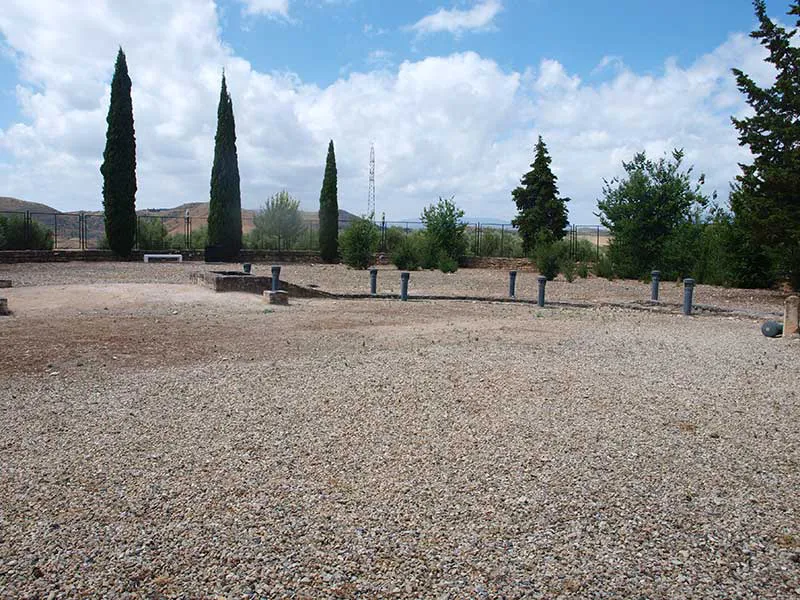
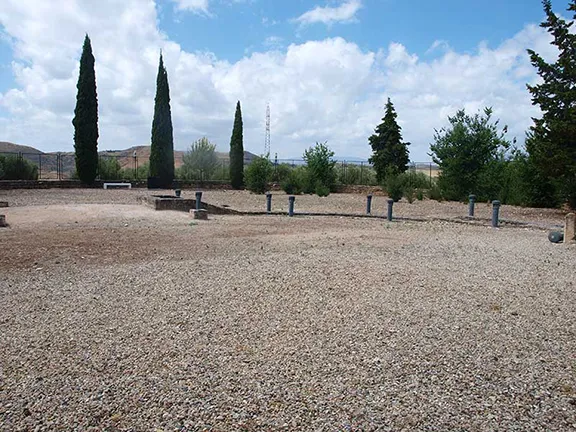
Toya – an Iberian burial chamber
5 kilometres west of the small town of Peal de Becerro is one of the most important Iberian sites in Jaen province, the Camara Sepulcral de Toya. Do not waste your time going to the site first, it will be locked up and deserted. To gain access you must arrange a tour through the Interpretation Centre in Peal de Becerro.
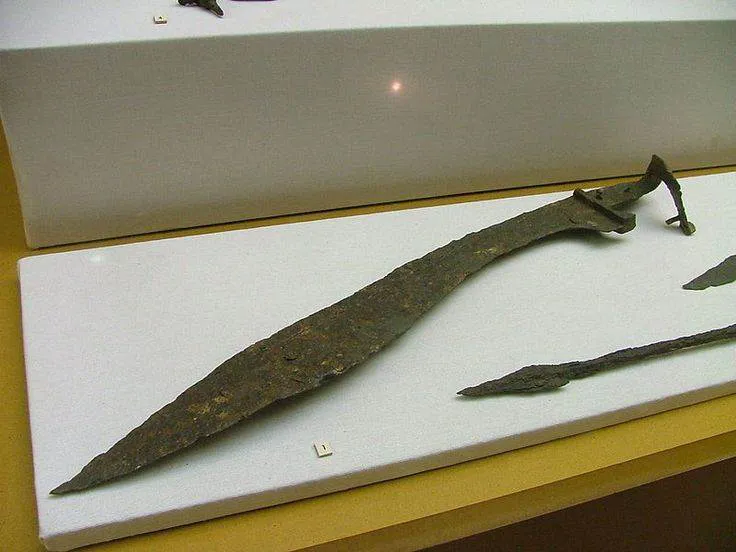

Iberian falcatta
The Iberians occupied a broad coastal strip in the eastern part of the Iberian Peninsula including Andalucia from Granada province eastwards after the 7th century BC and were direct descendants of the Neolithic people that introduced agriculture to the peninsula about 6000 years previously. They are contemporaneous with the Tartessians whose territory adjoined that of the Iberians to the south-west. As with the Tartessians, their culture was much influenced by contact with the eastern Mediterranean through traders, in the Iberian case more Greek than Phoenician. As with the Tartessians little is yet known about these people, particularly in the inland province of Jaen where everything, including archaeology, seems to lag behind the rest of Andalucia.

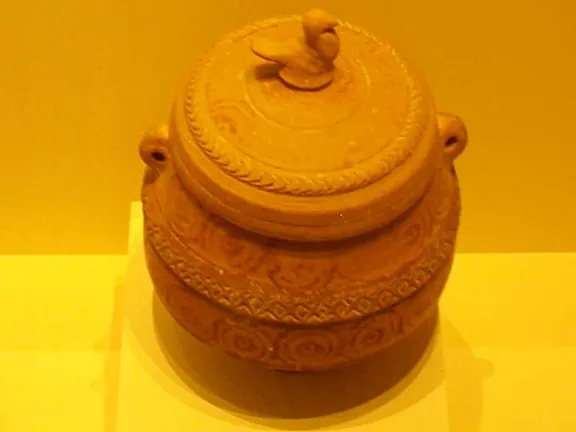
Pixis – 4th – 3rd century BC, wheel thrown pot. Found at Toya, Peal de Becerro
By the 4th century BC, when the burial chamber at Toya was built, the Iberians had become skilled ironworkers, famed for their falcata, a type of sword with a curved blade constructed of three laminas melded together resulting in a more flexible, resilient sword than straight bladed types. The most emblematic piece of Iberian sculpture is probably the Lady of Elche figure that clearly shows an eastern influence.
The Toya burial chamber contained a few artefacts including some Greek kraters - elaborately decorated ceramic storage vessels, and kylixes – wine glasses. There were fragments of a falcata and some iron remains of a chariot wheel. This collection has led to speculation that the tomb was that of a prince or princess of the nearby fortified town of Tugia.

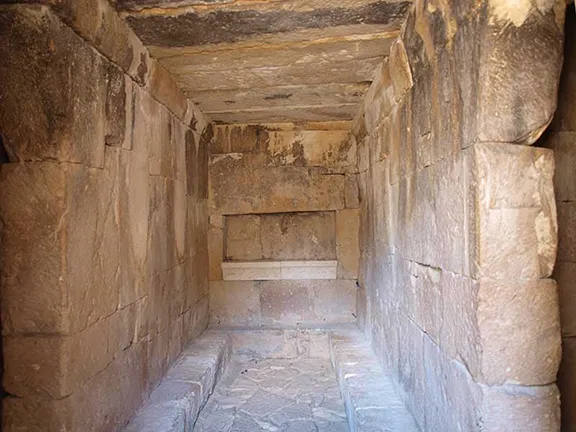
Central Nave (false arches to lateral naves in near foreground)
The tomb itself is well preserved. Access is down an open paved ramp with masonry supporting walls to a chamber constructed of finished stone beneath a shallow earth mound, very similar in concept to the much earlier megalithic dolmens. The entrance takes you straight into a central nave off which there are two lateral naves each divided into two antechambers. The stone blocks are perfectly worked and are positioned without the use of any mortar. Large stone slabs form the roof. There are niches set into the walls of the naves and a stone bench below them. The doors that connect the central nave with the laterals have an unusual feature in that they curve inwards very slightly as they ascend giving the impression of an arch.
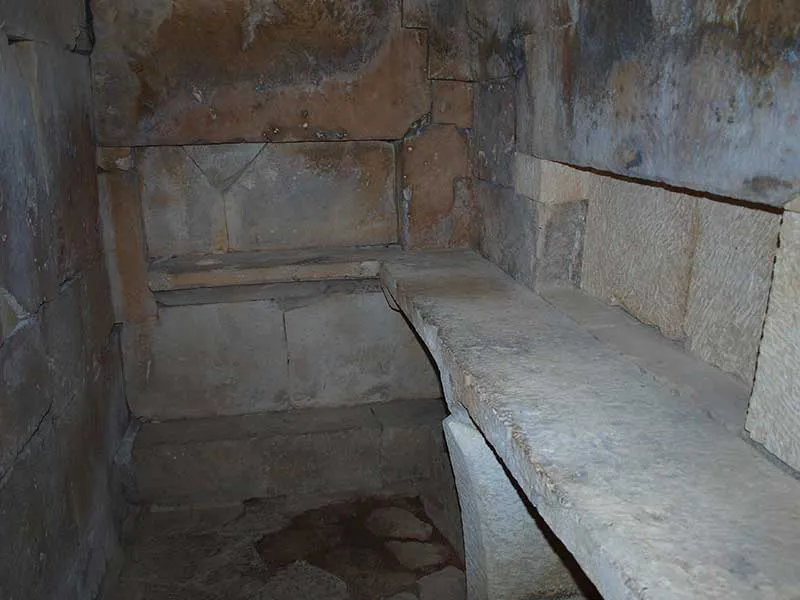
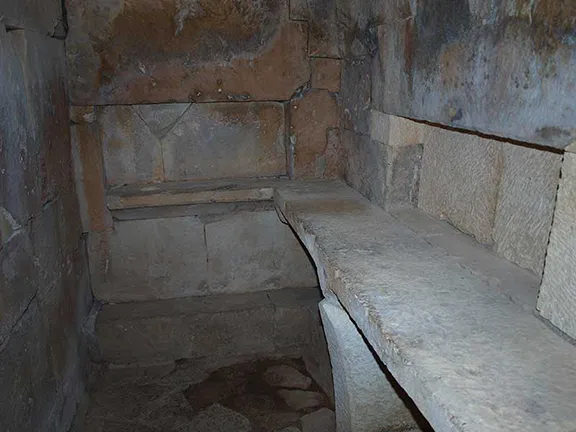
Lateral nave
Unfortunately, since its discovery in 1909, the tomb has not been excavated, as the authorities say ‘using systematic methods’. In other words very little now remains of what was ever inside the tomb, the contents have disappeared into private collections. The remainder is in the archives of the National Archaeological Museum in Madrid. However, tucked away in a back street of Peal de Becerro is an Interpretation Centre
Opened in 2011 this small museum, using the very sparse information available, has pieced together the beginnings of a history of the Iberians and their way of life and culture. It is a fascinating insight into this period and gives hope that more work will be done in this area.
To check prices and opening times of the museum and arrange a tour of Toya, click here